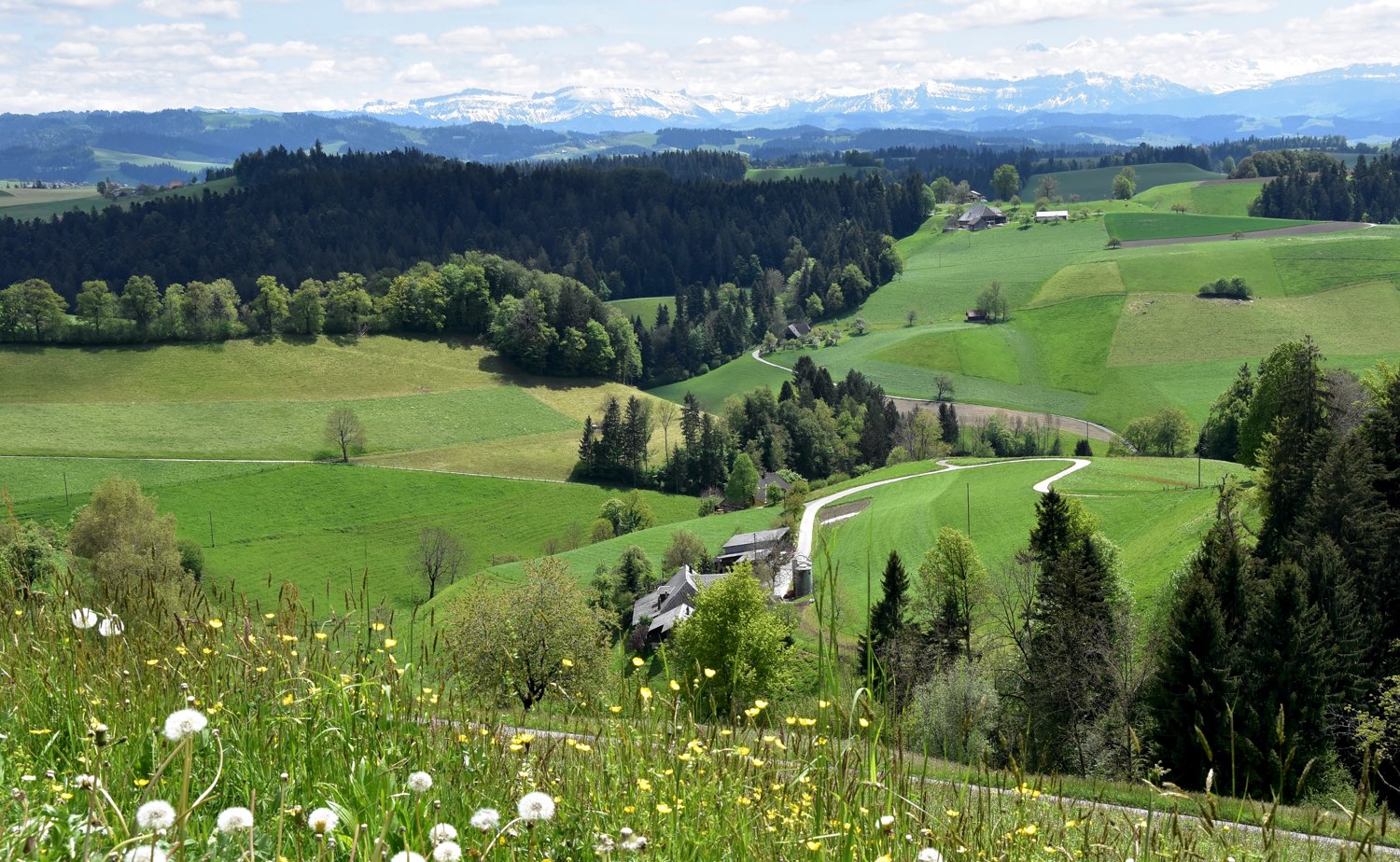The Schilthorn
adminci2017-08-03T12:14:27+02:00The Schilthorn reaches almost 3000m (2970m exactly) and is one of the most beautiful outings into the alps of Switzerland.
The panoramic view is breathtaking. Right across are the famous three: Eiger (3970m), Mönch (4107m) and the Jungfrau (4158m). Turning around 180° you can still just see the end of lake Thun and then gaze right across Switzerland into the rolling hills of the Jura.
The 360° restaurant on top turns around a full circle within 48 minutes. So you can comfortably sit over a drink and take in the view. It is also worthwhile just walking around outside or exploring the James Bond exhibition. Many important scenes from the Bond movie „On Her Majesty’s Secret Service“ (1969) were shot right here.
In winter the skying trail starts with a very steep descent. When there is no snow a nice trail leads from the middle station Birg station up to the Schilthorn.
The outing starts in Stechelberg, that is just one hour’s car ride from Bern. From Stechelberg the aerial cableway only takes 20’ to climb more than 2000m. There are three stations in between: Gimmelwald, then the delightful village of Mürren, the middle station Birg and the the Schiltorn. Each station has special attractions and activities to do and see.














